For decades, astronomers have been on a quest to unravel one of the universe's most enduring mysteries: the origin of heavy elements like gold. These elements, heavier than iron, are rare and precious, yet their distribution across the cosmos has long puzzled scientists. While lighter elements such as hydrogen and helium were forged in the aftermath of the Big Bang, and heavier elements like iron were released by exploding stars, the creation of gold has remained an enigma. Now, new research suggests that the answer may lie in some of the most extreme objects in the universe: magnetars.
The Enigma of Heavy Elements
The origin of complex matter in the universe is a fundamental question that has captivated scientists for generations. "It’s a pretty fundamental question in terms of the origin of complex matter in the universe," said Anirudh Patel, lead author of a study published in The Astrophysical Journal Letters and a doctoral student at Columbia University. "It’s a fun puzzle that hasn’t actually been solved."
Previously, the production of heavy elements like gold was believed to occur primarily through neutron star collisions. In 2017, astronomers observed a groundbreaking event: the collision of two neutron stars, which released not only gravitational waves but also a gamma-ray burst and heavy elements like gold, platinum, and lead. This cataclysmic event, known as a kilonova, was hailed as a "gold factory" in space. However, this explanation left many questions unanswered, particularly regarding the distribution of gold throughout the universe.
The Role of Magnetars
Enter magnetars—highly magnetized neutron stars that are among the most extreme objects in the universe. Neutron stars are the dense remnants of exploded stars, with a teaspoon of their material weighing a billion tons on Earth. Magnetars, a rare and extremely bright type of neutron star, possess magnetic fields so powerful they can distort the fabric of space-time itself.
Astronomers have long theorized that the first magnetars likely appeared just 200 million years after the Big Bang, making them some of the oldest objects in the universe. These ancient stars occasionally unleash massive bursts of radiation due to "starquakes," which are similar to earthquakes on Earth. Just as stress builds up in Earth's crust and releases in seismic activity, neutron stars experience stress due to their superfluid cores, leading to explosive events.
The Discovery
The breakthrough came from an unexpected source: 20-year-old data from NASA and European Space Agency telescopes. Eric Burns, a study co-author and astrophysicist at Louisiana State University, noticed something intriguing in the data from a giant magnetar flare observed in December 2004. The flare, captured by the now-retired INTEGRAL mission, had been characterized but not fully understood at the time.
Burns and his team hypothesized that the flare might create a gamma-ray signal that could be traced back to the production of heavy elements. Their prediction, based on theoretical models developed by Patel's adviser Brian Metzger, closely matched the signal from the 2004 data. The gamma-ray burst resembled what the team proposed the creation and distribution of heavy elements would look like in a giant magnetar flare.
The Evidence
The team's findings were supported by data from other missions, including NASA’s Reuven Ramaty High Energy Solar Spectroscopic Imager (RHESSI) and the Wind satellite. The evidence suggested that magnetar flares could indeed be responsible for the production of heavy elements, providing an alternative pathway to the creation of gold and other precious metals.
However, not everyone is convinced. Dr. Eleonora Troja, an associate professor at the University of Rome who led the discovery of X-rays emitted by the neutron star collision in 2017, cautioned that the evidence for heavy element creation from magnetar events is not as strong as that from neutron star collisions. "The production of gold from this magnetar is a possible explanation for its gamma-ray glow, one among many others," Troja said. She noted that magnetars are "very messy objects" and that the conditions required for gold production are highly specific. It is possible that magnetar flares could produce lighter metals like zirconium or silver instead of gold.
The Future of Research
Despite the uncertainties, the research team believes that magnetar giant flares could be responsible for up to 10% of elements heavier than iron in the Milky Way galaxy. Future missions could provide more precise estimates and further validate their findings. NASA’s Compton Spectrometer and Imager (COSI) mission, scheduled to launch in 2027, is designed to observe giant magnetar flares and identify elements created within them. This wide-field gamma-ray telescope could help astronomers search for other potential sources of heavy elements across the universe.
The Broader Implications
The discovery of heavy elements in magnetar flares has profound implications for our understanding of the universe. It suggests that the creation of gold and other precious metals is more complex and diverse than previously thought. The involvement of magnetars, some of the oldest and most extreme objects in the universe, highlights the intricate processes that shape the cosmos.
Moreover, this research underscores the importance of long-term, federally funded scientific endeavors. "When initially building our model and making our predictions back in December 2024, none of us knew the signal was already in the data," Patel said. "It was quite an exciting holiday season for all of us."
The journey to understand the origins of heavy elements is far from over. As scientists continue to explore the mysteries of magnetars and other cosmic phenomena, they are not only unraveling the history of the universe but also uncovering the processes that led to the creation of the very materials that make up our world.
A Universe of Possibilities
The quest to understand the origins of gold and other heavy elements is a testament to human curiosity and the relentless pursuit of knowledge. From the cataclysmic collisions of neutron stars to the explosive flares of magnetars, the universe is a vast laboratory where the most extreme conditions give birth to the most precious materials.
As we look to the future, the potential for new discoveries is limitless. With missions like COSI on the horizon, astronomers are poised to unlock even more secrets of the cosmos. The story of gold, once shrouded in mystery, is now unfolding in ways that challenge our understanding and inspire new questions.
The discovery of heavy elements in magnetar flares is more than just a scientific achievement; it is a reminder of the interconnectedness of all things. The gold in our jewelry, the platinum in our electronics, and the uranium that powers our reactors—all may have their origins in the most extreme events in the universe. As we continue to explore the cosmos, we are not just searching for answers; we are piecing together the story of our own existence.
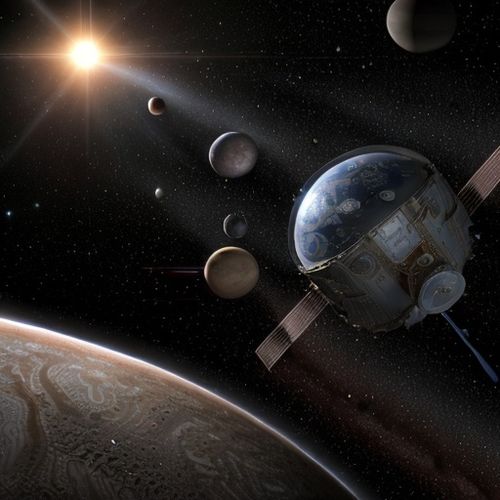
By Sophia Lewis/May 6, 2025
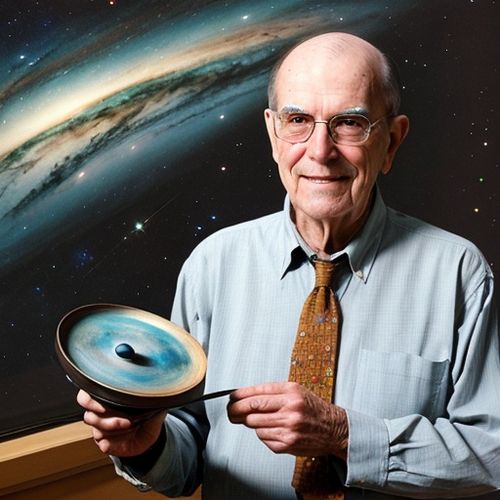
By Olivia Reed/May 6, 2025
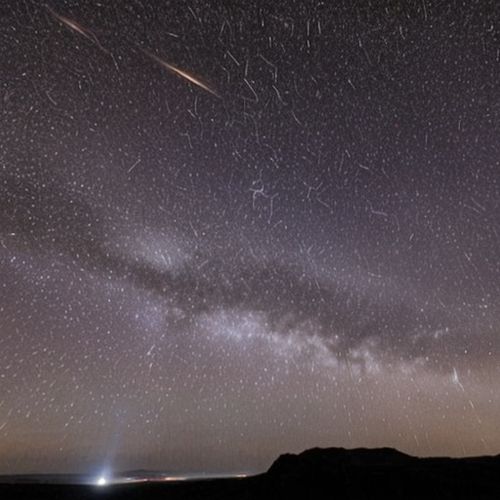
By William Miller/May 6, 2025

By Eric Ward/May 6, 2025

By John Smith/May 6, 2025

By Rebecca Stewart/May 6, 2025

By Benjamin Evans/May 6, 2025
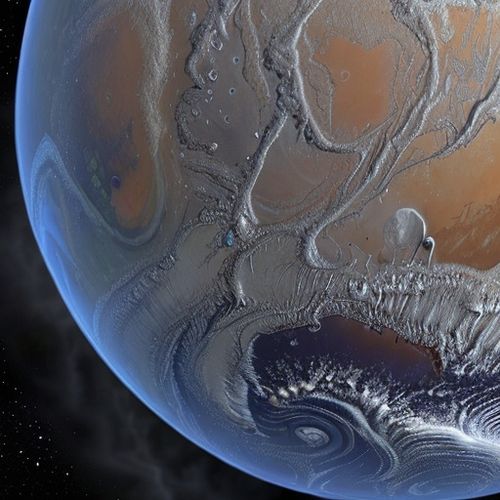
By Eric Ward/May 6, 2025
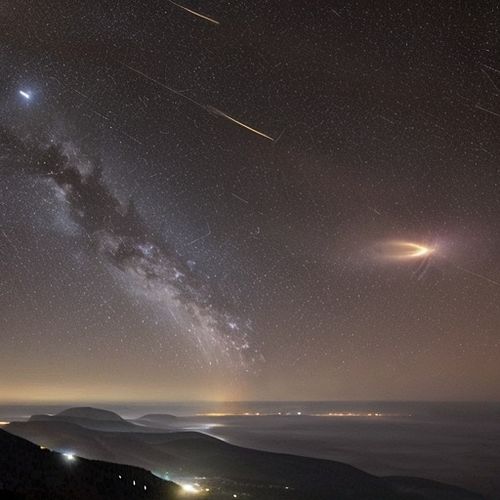
By Eric Ward/May 6, 2025
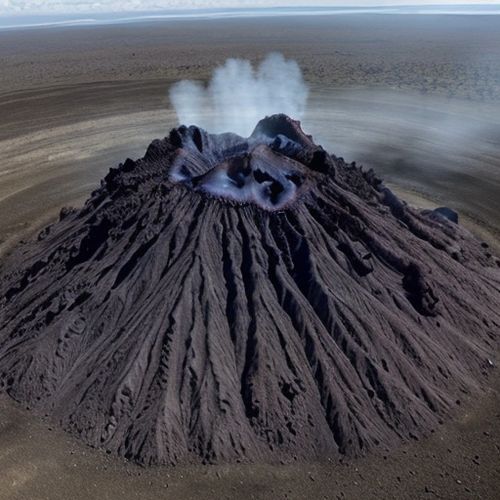
By Daniel Scott/May 6, 2025

By Benjamin Evans/May 6, 2025
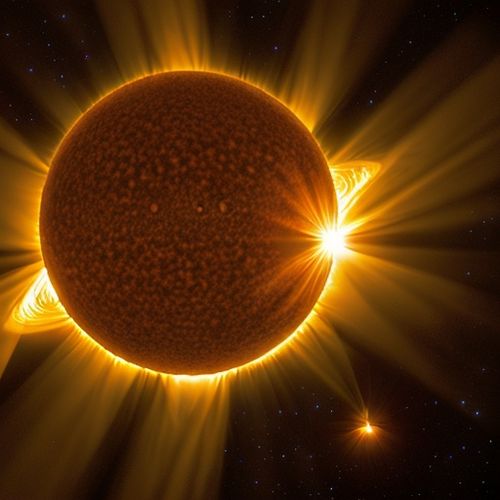
By Elizabeth Taylor/May 6, 2025
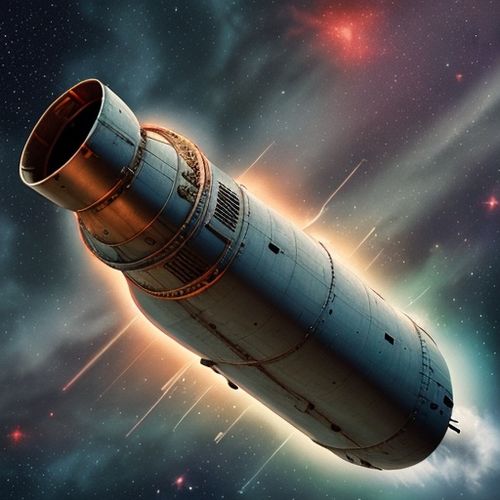
By James Moore/May 6, 2025
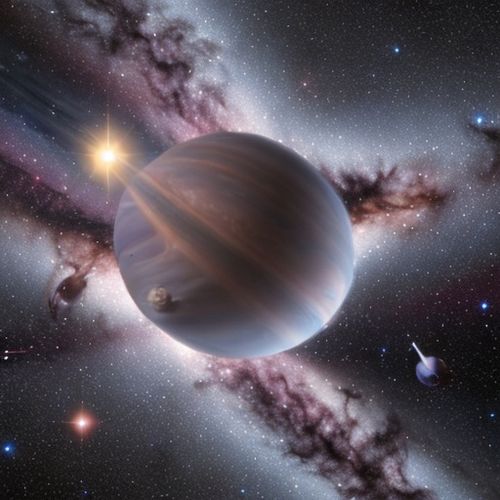
By Victoria Gonzalez/May 6, 2025
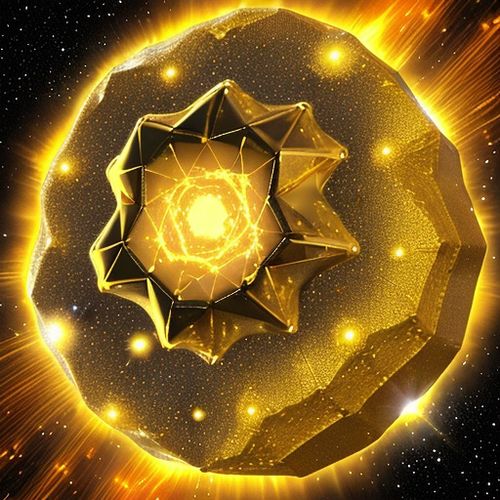
By Sophia Lewis/May 6, 2025
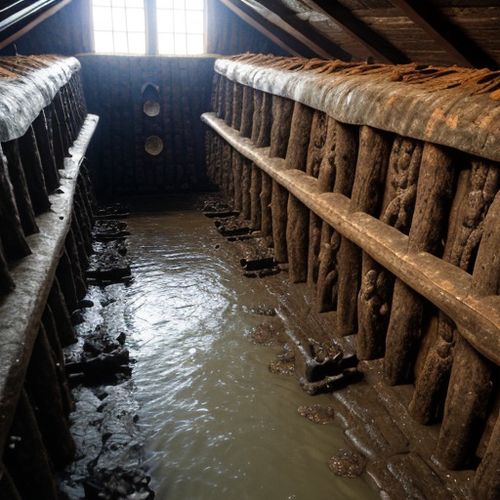
By Laura Wilson/May 6, 2025

By Olivia Reed/May 6, 2025

By David Anderson/May 6, 2025

By Olivia Reed/May 6, 2025

By Sophia Lewis/May 6, 2025